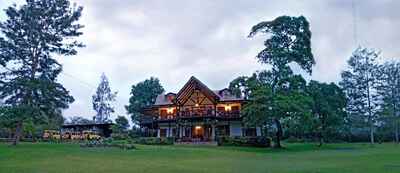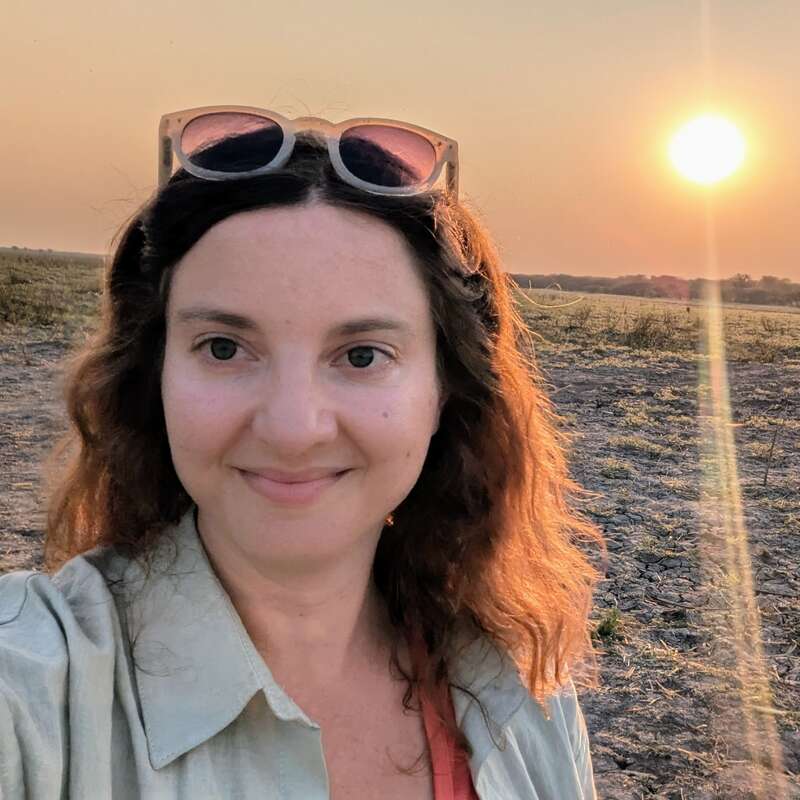About Twiga Lodge
Twiga, the Swahili name for giraffe, is more evocative of an English country home than an African lodge.
After driving on dirt roads through the outskirts of Arusha, guests enter through gates onto a property of sloping lawns, a grand two-storey Tudor style house and a matching cottage nestled at the bottom of the grounds.
As soon as we entered Twiga Lodge we felt refreshed and relaxed. Upon meeting the very hospitable Paul and Erika we felt like old friends welcomed home. Combine these feelings with country-style cottage accommodation in a great location and you get what we think is a great pre or post accommodation to any safari in northern Tanzania.
Our view
As soon as we entered Twiga Lodge we felt refreshed and relaxed. Upon meeting the very hospitable Paul and Erika we felt like old friends welcomed home. Combine these feelings with country-style cottage accommodation in a great location and you get what we think is a great pre or post accommodation to any safari in northern Tanzania.
Accommodation
6 Rooms
Children
All ages welcome.
Open
All year
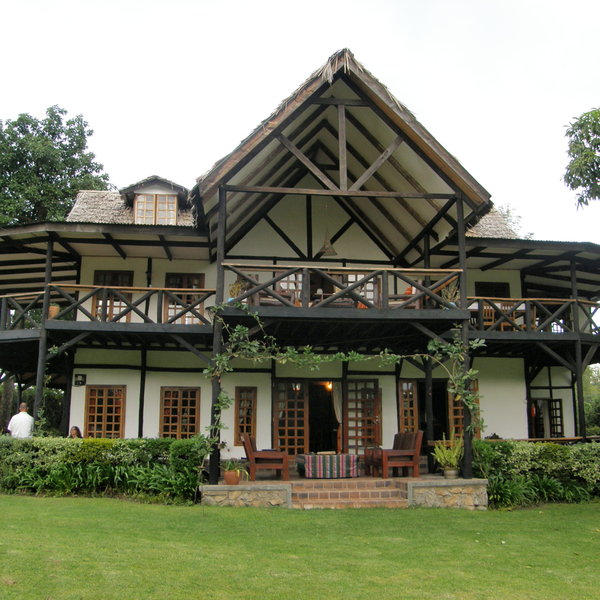
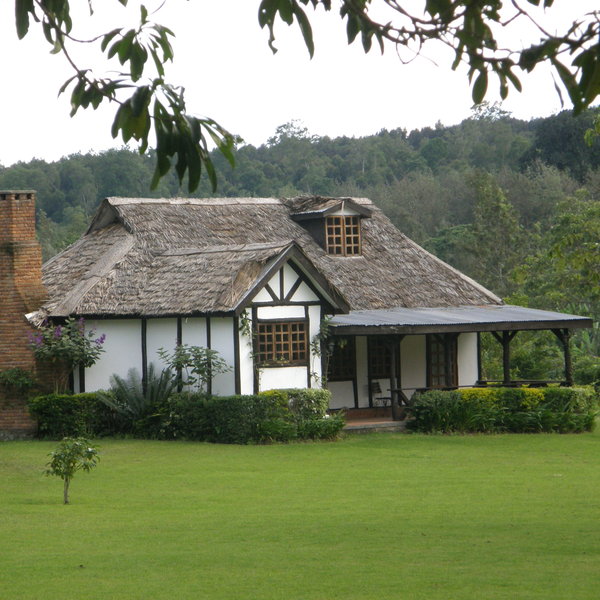
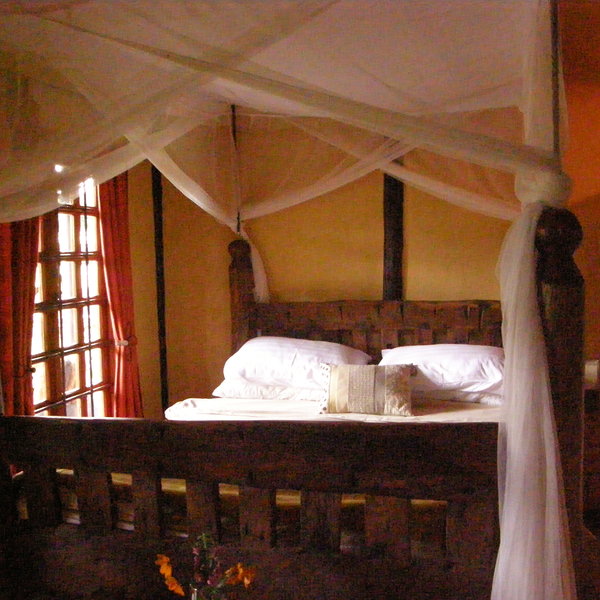
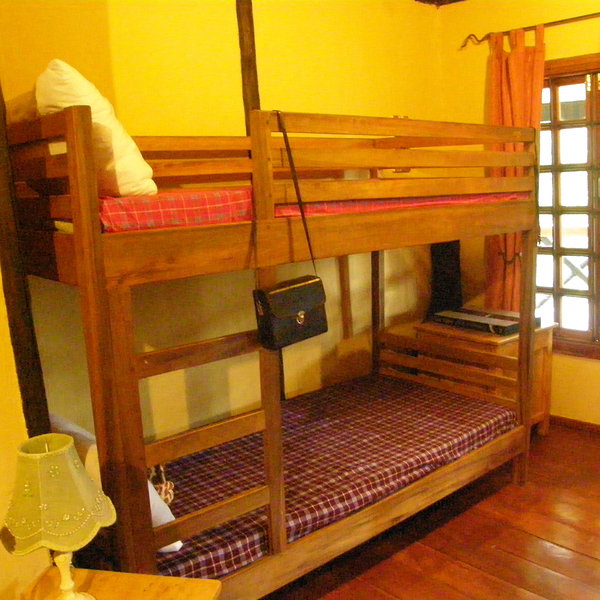
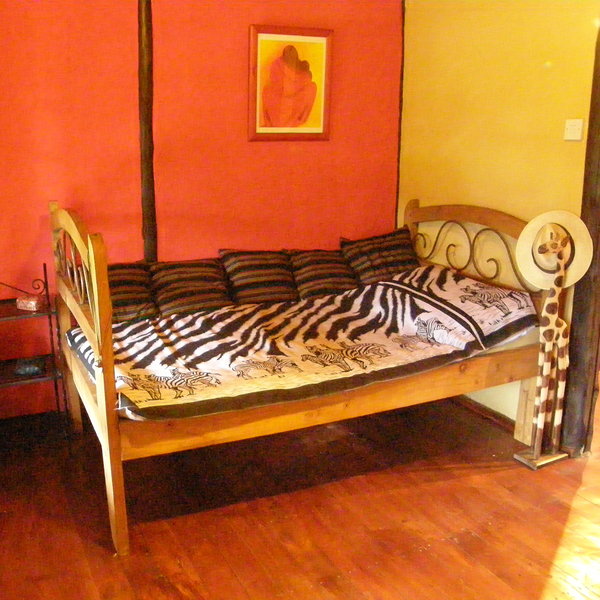
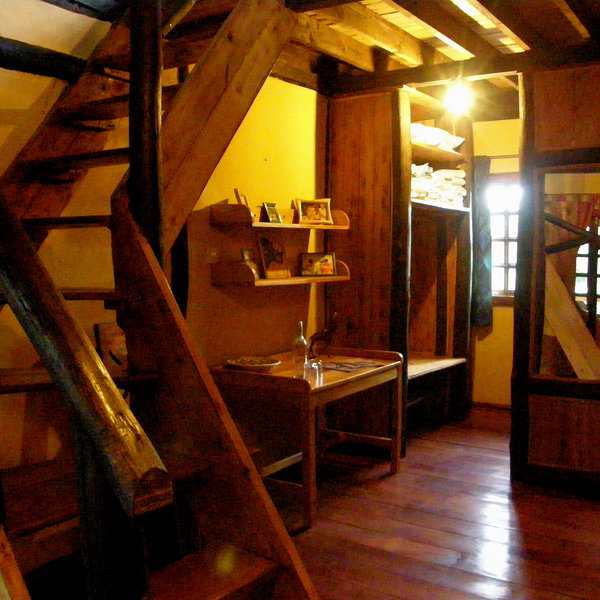
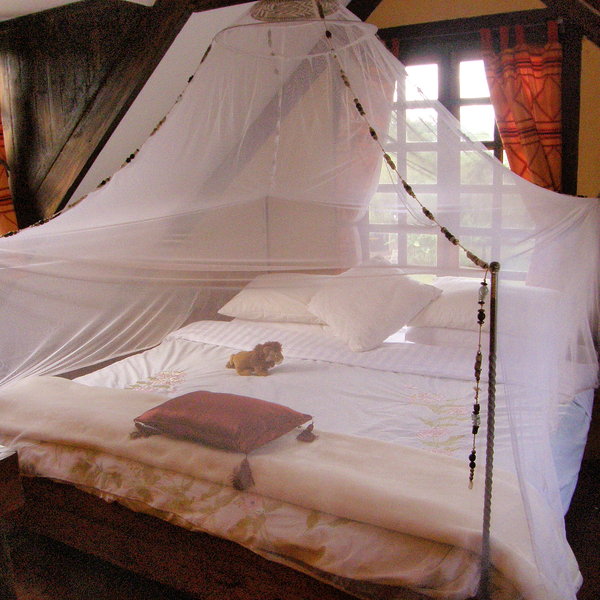
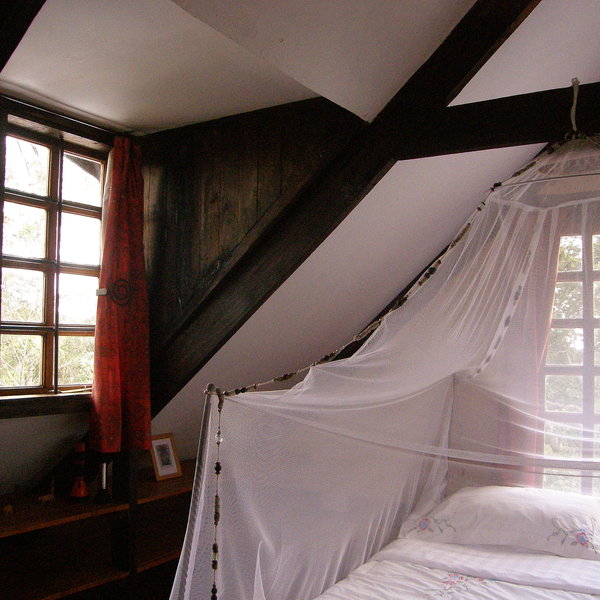
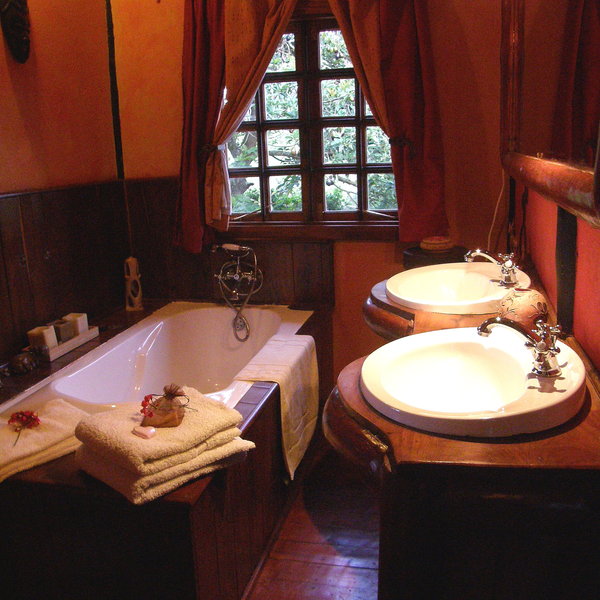
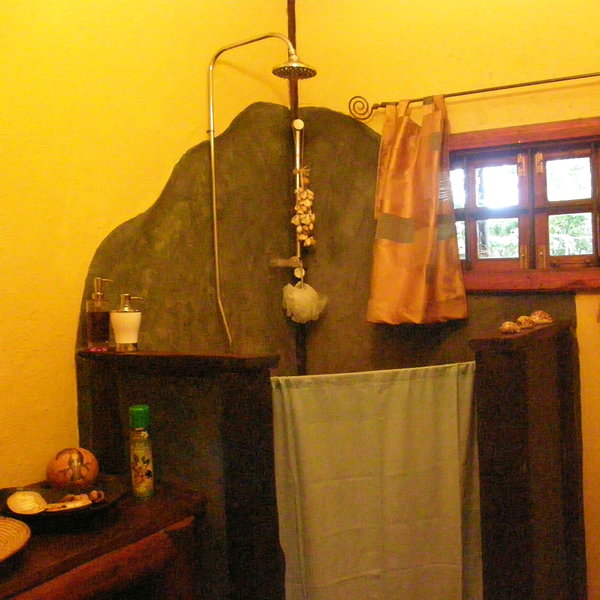
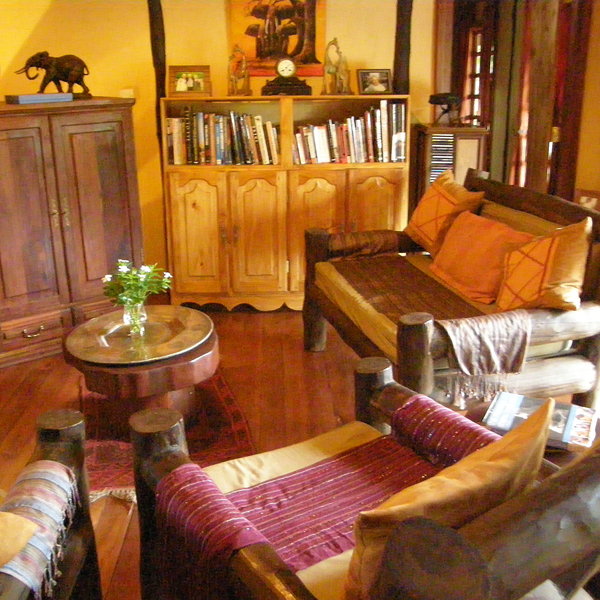
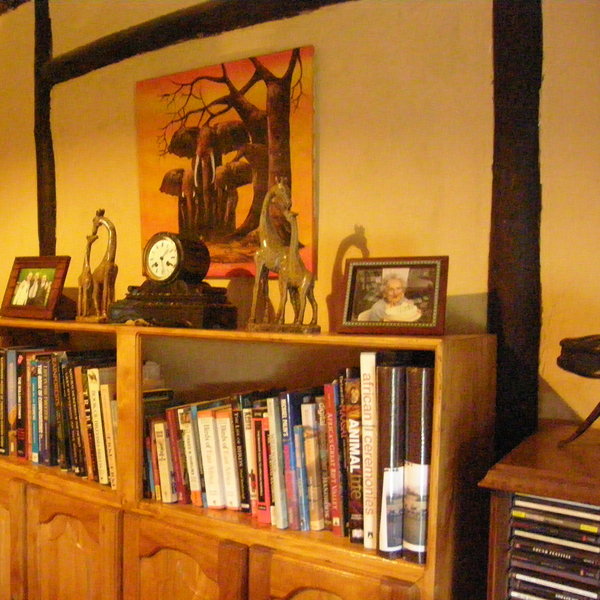
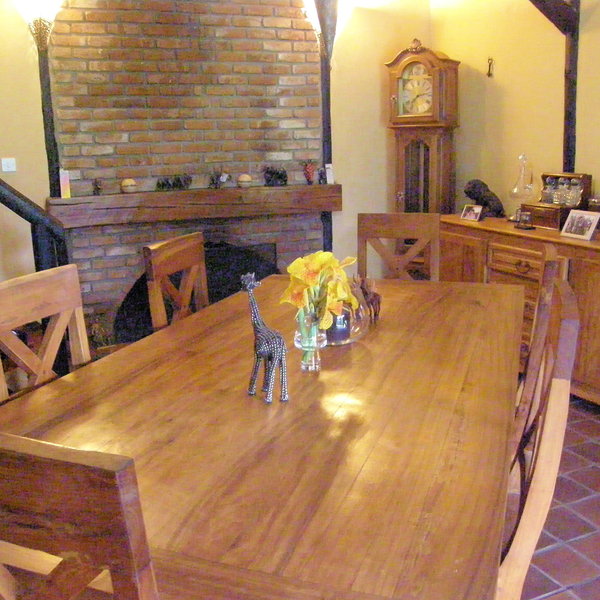
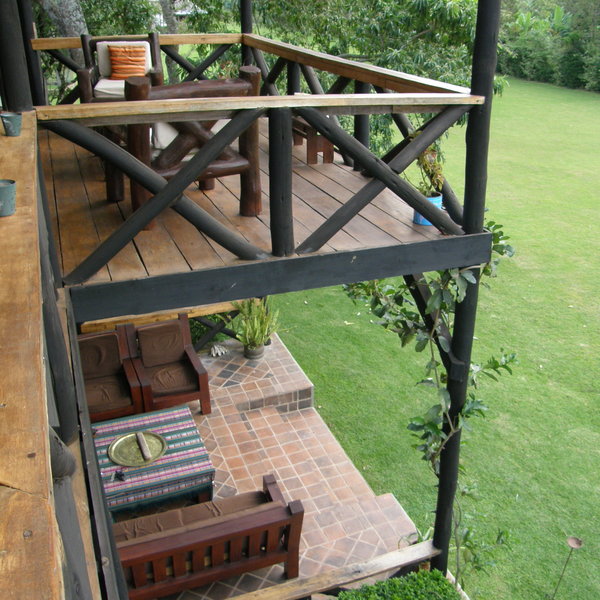
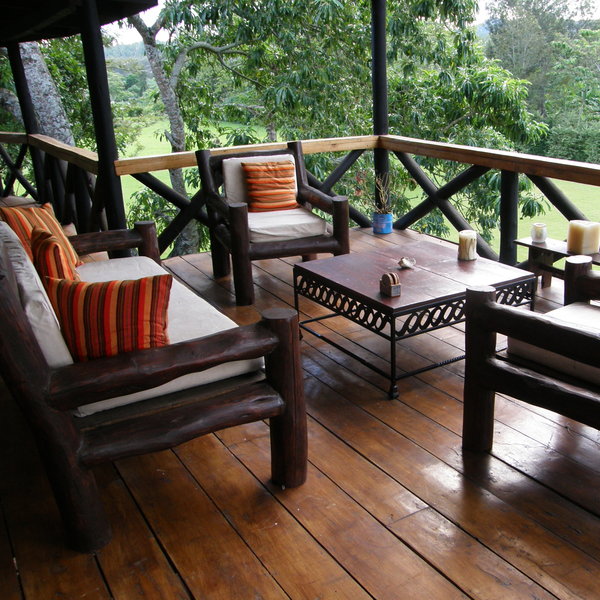
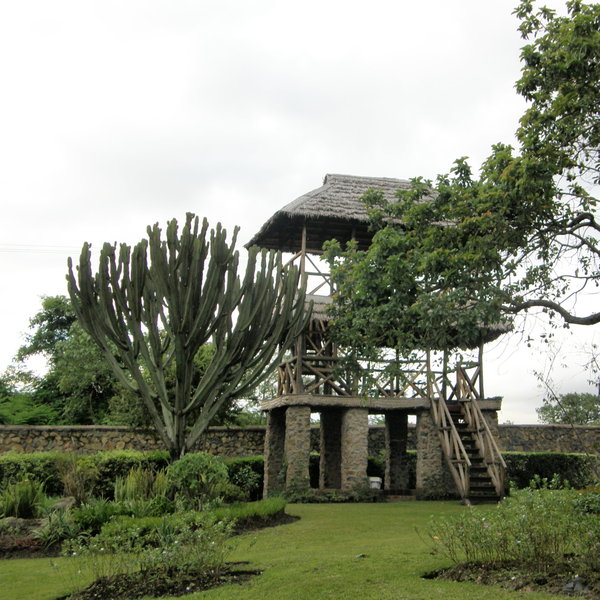
Expert Africa's gallery
When we travel we take lots of photos ourselves to give you a real and un-edited view of the trips. See our 51 pictures of Twiga Lodge to get the candid view.
View galleryTwiga Lodge: Our full report
Twiga, the Swahili name for giraffe, is more evocative of an English country home than an African lodge.
After driving on dirt roads through the outskirts of Arusha, guests enter through gates onto a property of sloping lawns, a grand two-storey Tudor style house and a matching cottage nestled at the bottom of the grounds.
Twiga Lodge was once a family home. In 2009 it was bought by Erika and Paul Sweet who, after numerous safaris in Africa, followed their dreams and left their home in Wiltshire, England to settle in Tanzania. This fairly adventurous couple love to welcome visitors into their home, getting to know their guests over afternoon tea on the verandah, sundowner drinks atop the viewing platform and over breakfast and dinner around their farm style table. Twiga Lodge's décor reflects Erika and Paul's passion for Africa and is packed with memorabilia of their own safaris on the continent. It's filled with an eclectic mix of fabrics, artwork, fascinating books and photographs.
The thatched two-storey main house at Twiga Lodge has four bedrooms of varying sizes. The room downstairs and the room at the end of the balcony are doubles. Of the other two upstairs rooms, one has bunk beds and the other a single bed on the lower level and fairly steep wooden steps leading up to an attic space fitted with a double bed, making them ideal for family groups. Each attic has sloping ceilings (guests have to mind their heads) and charming cottage style windows. The bedrooms all have en-suite bathrooms with a bath. An additional shared bathroom leading off from the dining room in the main house is fitted with a shower. Two more double rooms in the cottage at the bottom of the grounds make up a total of six bedrooms. The rooms in the cottage, which is also Paul and Erika's home, are typically used when the rooms at the main house are already all occupied. All of the rooms at Twiga Lodge are furnished with locally made furniture and have mosquito nets over the beds, stand alone fans and small safes.
A balcony and a verandah run the length of the house and around one side. Cushioned chairs surrounding coffee tables make up a selection of comfortable sitting areas overlooking the grounds. The first room you enter in the main house is the dining room. This is where all other rooms and stairs lead off from, including a partially open kitchen which helps create a cosy farmhouse atmosphere. At the top of the stairs is a sizeable lounge furnished with sofas, a stereo and a TV which is kept hidden away in a cupboard when it's not in use. Doors lead out from here onto the balcony and each of the three upstairs rooms. Bookshelves throughout the home are well stacked with Paul and Erika's books and guests are welcome to read any of these whilst staying at Twiga, although they can't be taken away or swapped.
The grounds are dotted with flower beds and stately trees, including one with wooden steps nailed into the trunk for young climbers. There's also a hammock swing, a trampoline, badminton net and a wonderful two-level tower with seating and views over the neighbouring Arusha Park. It's the perfect spot for sundowners overlooking browsing wildlife such as the giraffe the lodge is named for, and the nearby Mount Meru. If you want to unwind after a long flight or safari, Erika who is a trained physio, offers various massage treatments.
For guests staying more than one night Twiga Lodge can organise activities such as guided walks to the nearby village and shambas (farm plots), or to a commercial forest where a variety of the colourful bougainvillea plants are grown. For the more adventurous, walks through the woodlands on the slopes of Mount Meru, where you might catch a glimpse of the beautiful Colobus monkey, can also be arranged. Longer day trips to a local orphanage, a waterfall, canoeing and into the Arusha park are also possible.
Activities
Families & children
- Attitude towards children
- Children of all ages are welcome at Twiga Lodge.
- Notes
- Twiga Lodge is a great option for families with young children. However, it should be noted that there is no special equipment such as cots available and that the family sized rooms do have steep stairs into the attic spaces.
Food & drink
- Usual board basis
- Bed & Breakfast
- Food quality
- Sadly, on our visit to Twiga in May 2011 we didn't have time to stay longer than for a cup of coffee. However, we understand that the lodge serves international style meals and that breakfast and a three-course dinner are eaten around a communal dining table. Lunch can be served on the verandah or balcony and typically consists of a choice of salads, a light dish such as a quiche or pizza, and a desert.
- Dining style
- Group Meals
- Dining locations
- Indoor and Outdoor Dining
- Further dining info, including room service
- On request.
- Drinks included
- Drinks incur an additional charge at Twiga Lodge. A bottle of water or a soft drink are around US$1, a beer is about US$2 and a bottle of wine is between US$10-30.
Getting there
- Location
- Arusha, Tanzania
- Ideal length of stay
- Twiga Lodge works well as an overnight stop before or after a safari around northern Tanzania, or for a two night stay for travellers with more time.
- Directions
- Twiga Lodge is situated approximately a 40 minute transfer from Kilimanjaro Airport which makes it a good option for an overnight stop before or after and international flight.
The lodge is approximately a 60 minute transfer from the domestic Arusha Airport, depending on traffic through the town. - Accessible by
- Self-drive or Fly-and-Transfer
Communications
- Communications
- There is a cell phone signal at Twiga Lodge and a laptop for internet use at no additional charge.
- TV & radio
- The lounge at Twiga has a TV which is usually shut away in a cabinet but can be used to view sporting events or for general viewing on request.
Health & safety
- Malarial protection recommended
- Yes
- Medical care
- Erika, one of Twiga's owners, is medically trained and there is a hospital in the nearby town of Arusha.
- Dangerous animals
- Low Risk
- Security measures
- Twiga Lodge is fenced in and there are security guards on duty each night. The rooms all have a small safe for guests to lock up any valuables.
- Fire safety
- There are numerous fire extinguishers strategically dotted around the lodge.
Useful info
- Disabled access
- On Request
- Laundry facilities
- Full Laundry Service - Extra Charge
- Accepted payment on location
- Visa and MasterCard are both accepted at Twiga Lodge but incur a 5% surcharge. Payment can also be made in cash using Tanzanian shillings, US dollars, pounds sterling and euro.
Plan and book your trip with Expert Africa
All of our trips are tailor-made, so we'll always adapt them to suit you. Talk to an Expert and let us plan and arrange your perfect trip.

Talk to an Expert
Call or email us now! We’ll match you with the Specialist in our team who is best suited to help you. Then together we can start planning your trip.

Set up your itinerary
Based on our experience and your ideas, your specialist will create a detailed, costed itinerary. We’ll refine it together, until we have a trip that you’re perfectly happy with.

Prepare for your trip
The same Specialist will make the seamless arrangements for your trip, send you detailed travel documents, and be available to answer any questions before you depart.

Travel with peace of mind
After you set off, you’ll be cared for by our partners in Africa, most of whom have worked with Expert Africa for decades. And if you ever need us urgently, we’re available 24/7.

When you return
We love to learn about your trip, and so will always be grateful if you’ve the time to give feedback to your Specialist when you return.
Twiga Lodge's location
Look closer at the environment and surroundings of Twiga Lodge.
Excursions from Twiga Lodge
Optional extra day-trips and excursions possible whilst you're staying at Twiga Lodge. Talk to us: these are usually best arranged before you go.
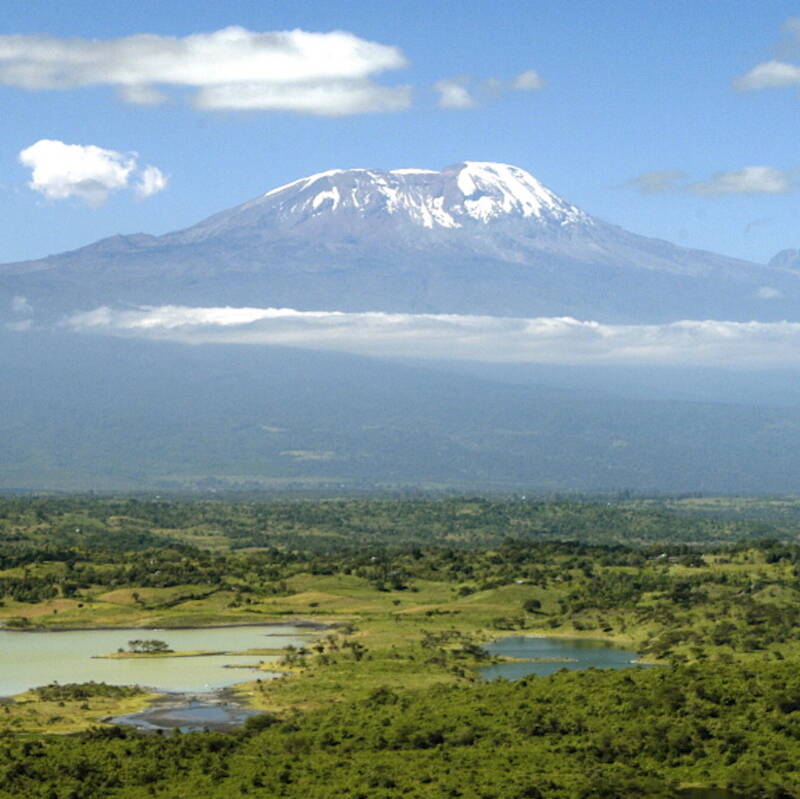
Day Hike on Mount Kilimanjaro
Full day
Experience Africa’s highest mountain – in just a day. In the company of a private guide, hike through the forests of Mount Kilimanjaro’s western side to an altitude of 3,400m. From here, explore the Shira Plateau and its surroundings, perhaps spotting wildlife along the way.
More about Kilimanjaro Day Hike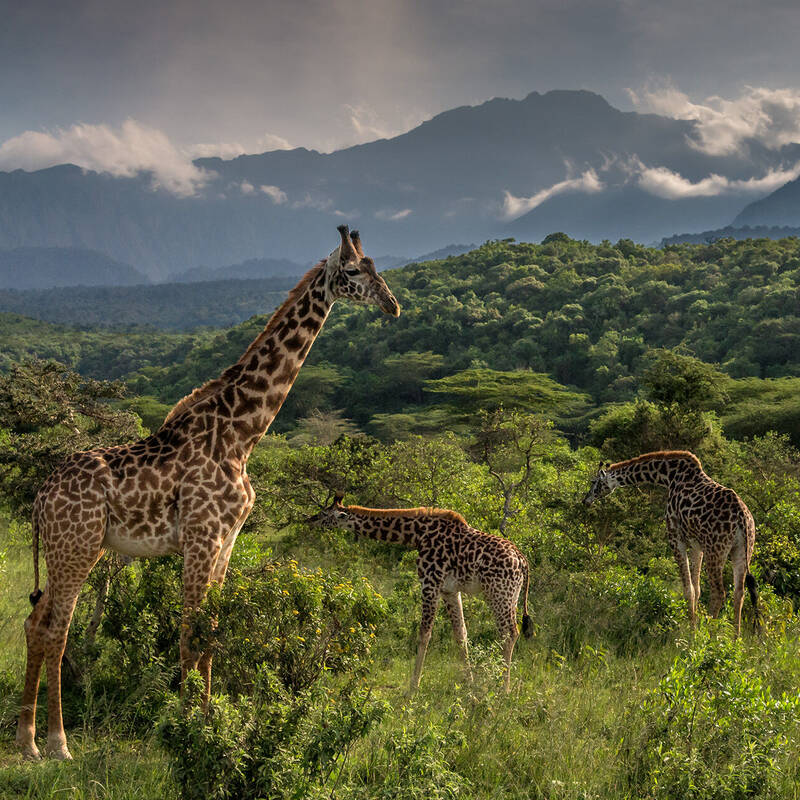
Safari in Arusha National Park
Half day or full day
Arusha National Park offers some lovely walking in the foothills of Mount Meru and canoeing on the Momela Lakes, plus gentle game drives.
More about Safari in Arusha NPOther lodges in Arusha
Alternative places to stay in this same area.
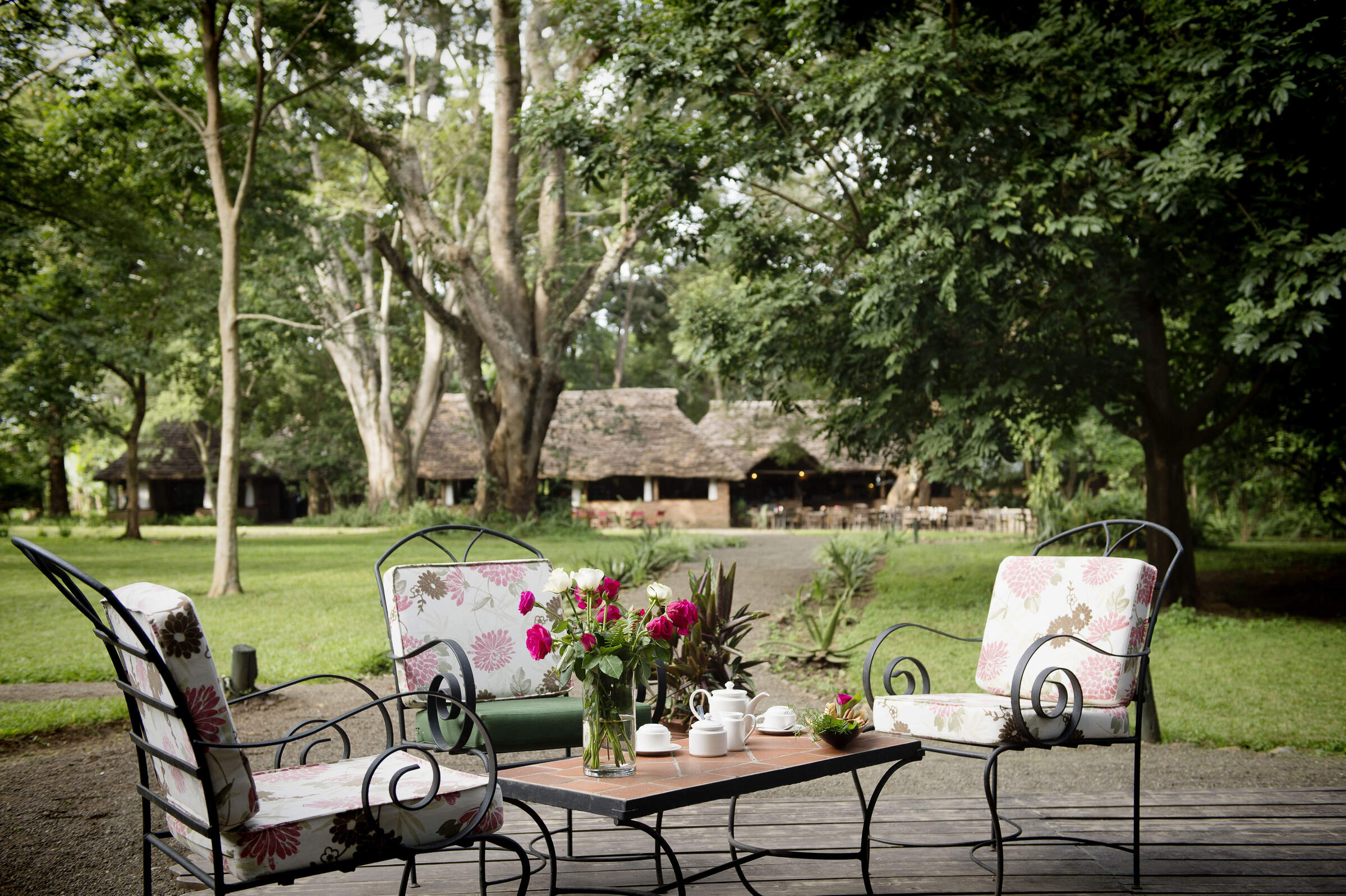
Rivertrees Country Inn
Set within lush grounds, the peaceful and relaxing Rivertrees lies between Arusha and Kilimanjaro Airport: ideal at the beginning or end of a safari.
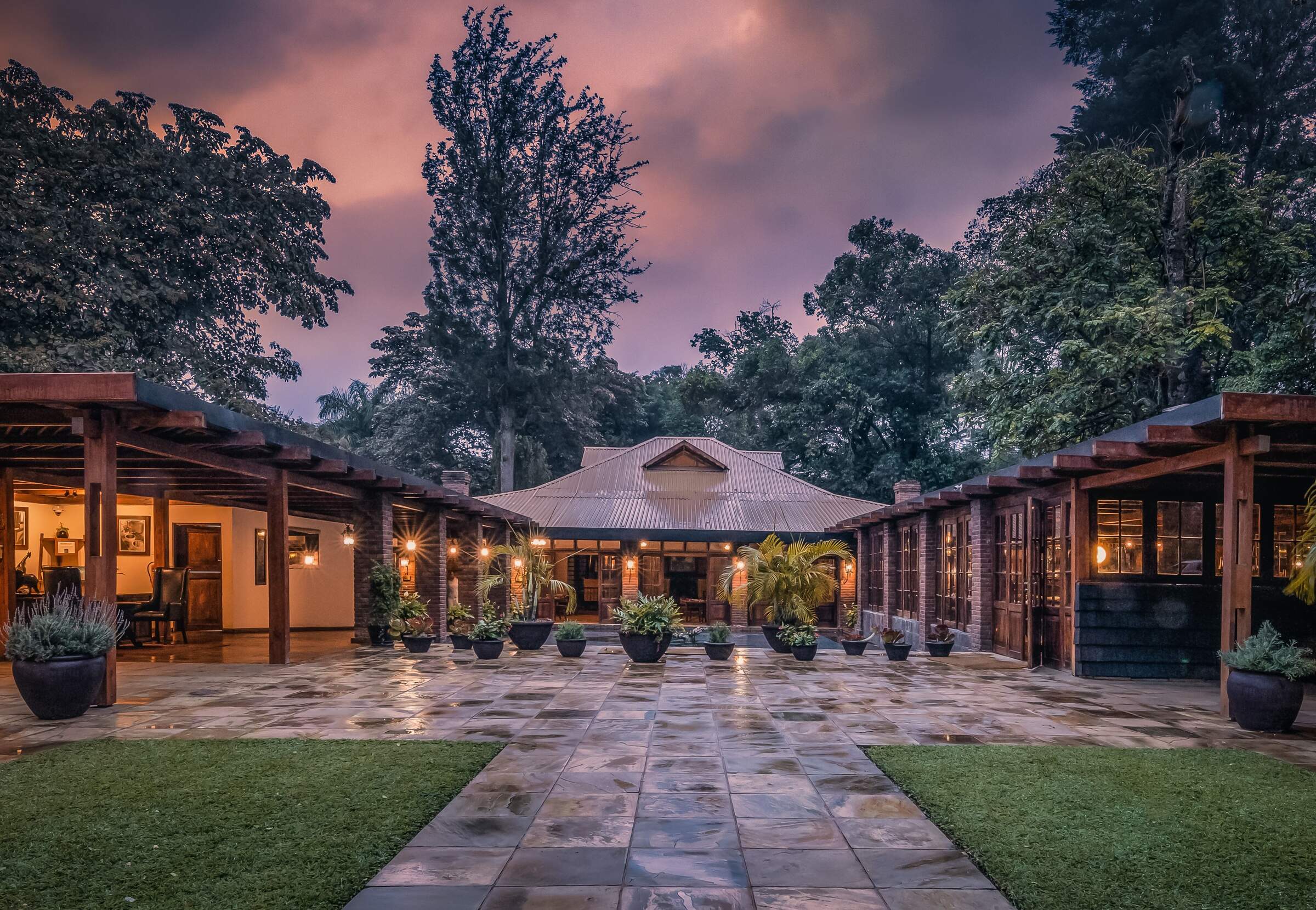
Arusha Coffee Lodge
Arusha Coffee Lodge is a neat, comfortable lodge, right on the highway, close to Arusha Airport. It is a convenient stop for a night.
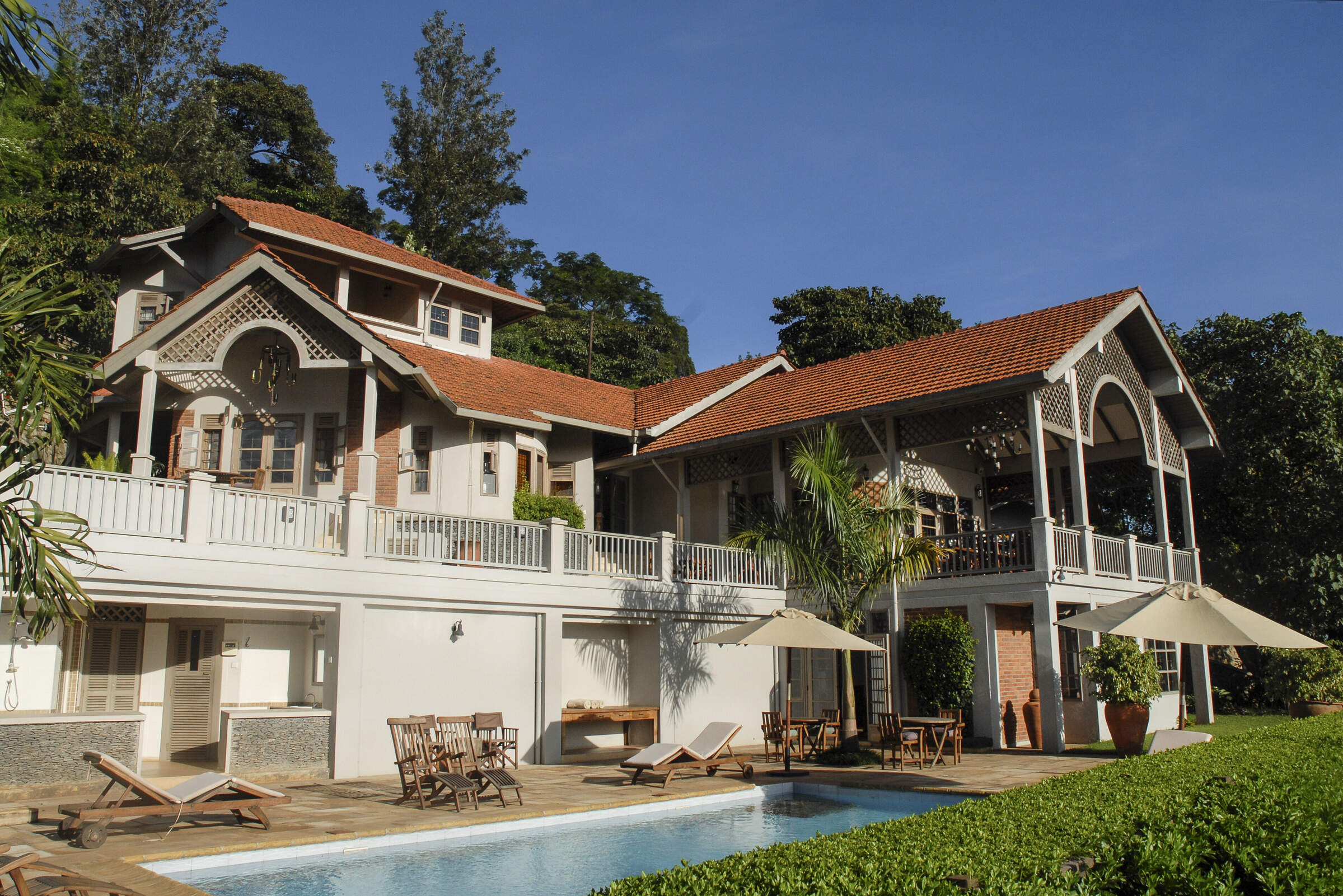
Onsea House
Onsea House is a small, family-run guesthouse on the outskirts of Arusha. The rooms are quite simple, but service and food here are good.
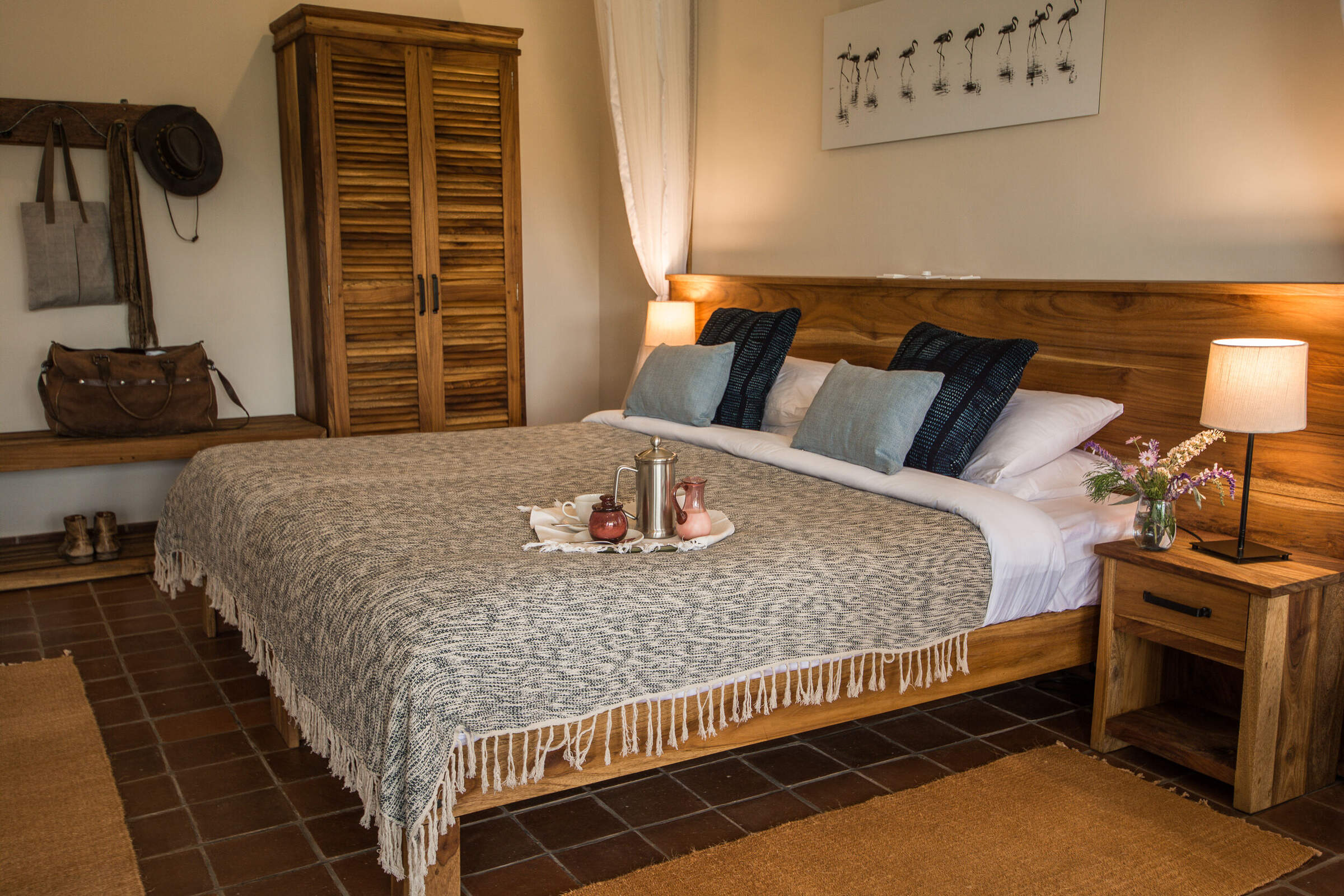
Katambuga House
Katambuga House is a smart hotel on the western side of Arusha, an hour’s drive from Kilimanjaro Airport and 10 minutes from Arusha Airport.
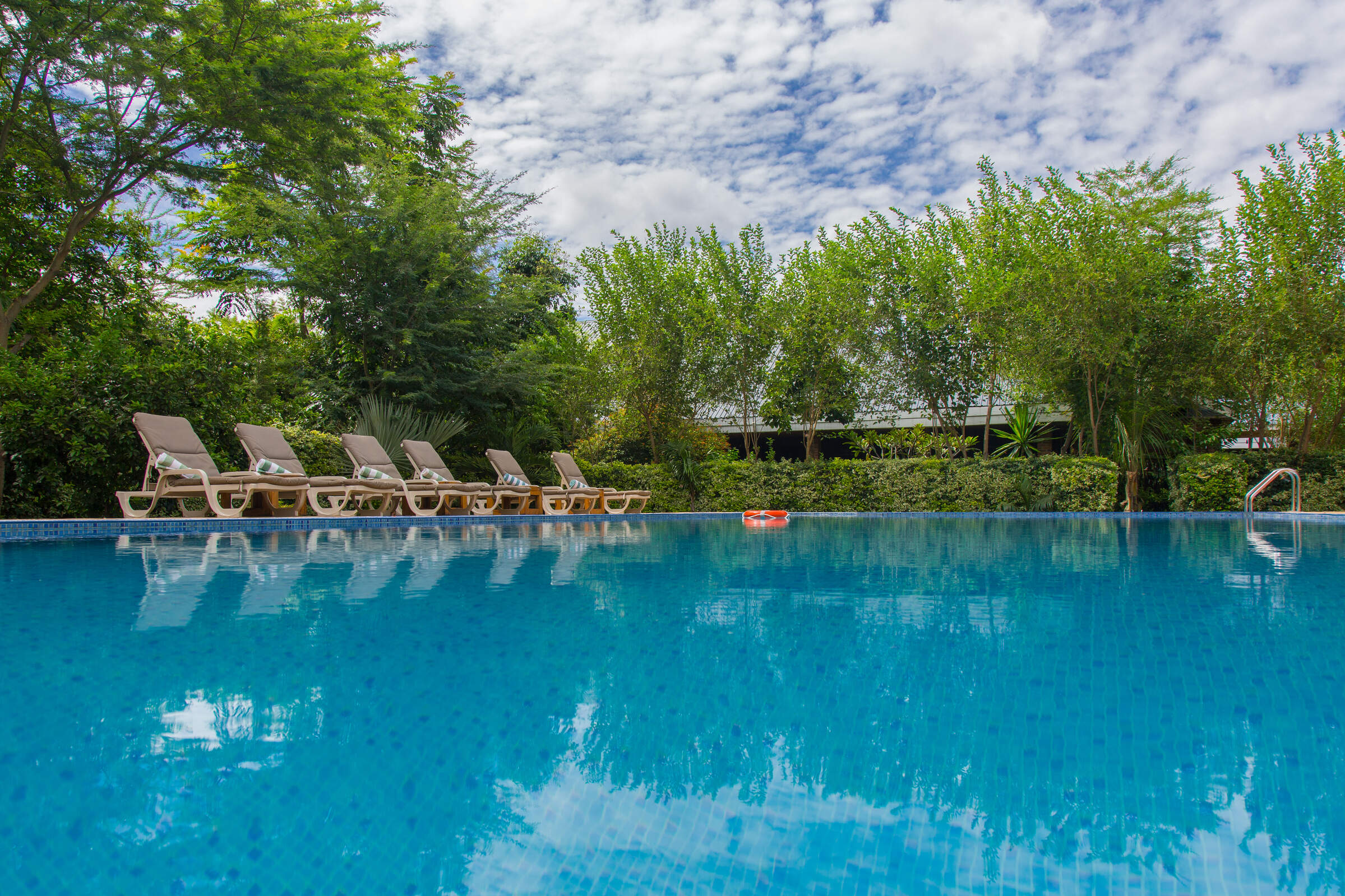
Airport Planet Lodge
Airport Planet Lodge is a new hotel located close to Kilimanjaro Airport, making it ideal for a short stay before or after your international flight.
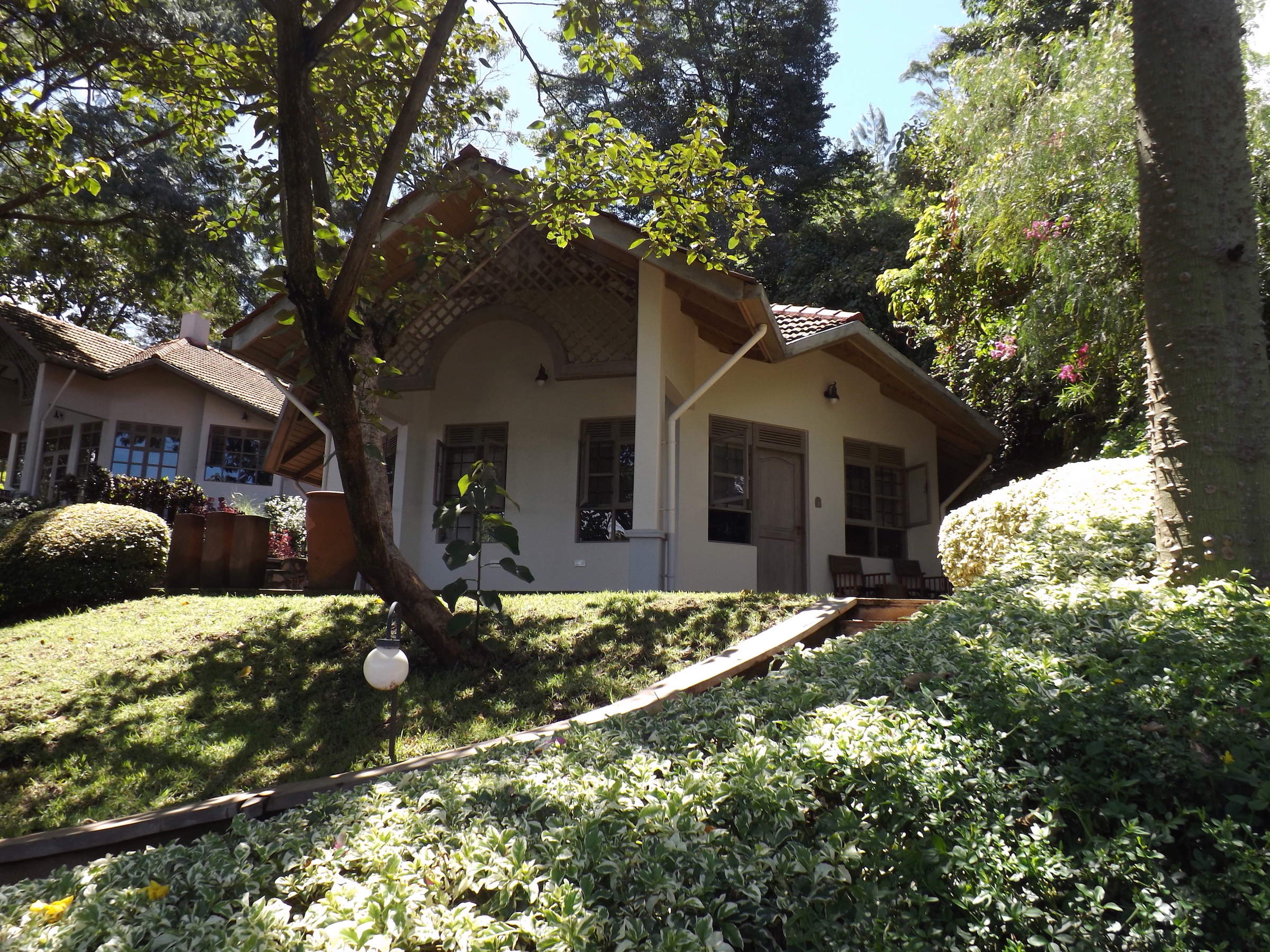
Machweo
Machweo is a nine-room lodge on the outskirts of Arusha. The rooms are large and stylish, and the service and food here are very good.
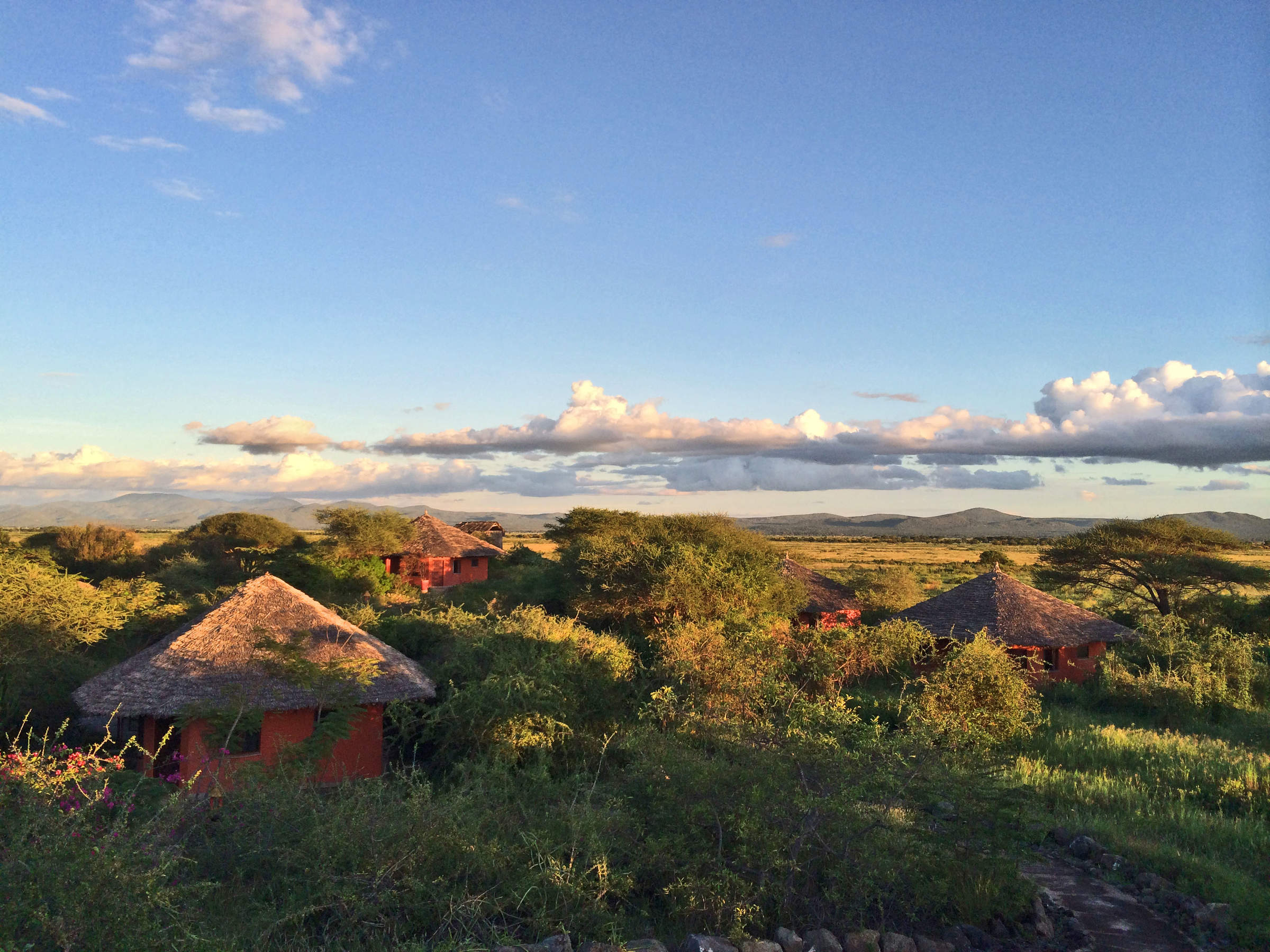
Kia Lodge
Kia Lodge is a simple, country-club-style lodge situated close to the buildings and runway of Kilimanjaro International Airport.
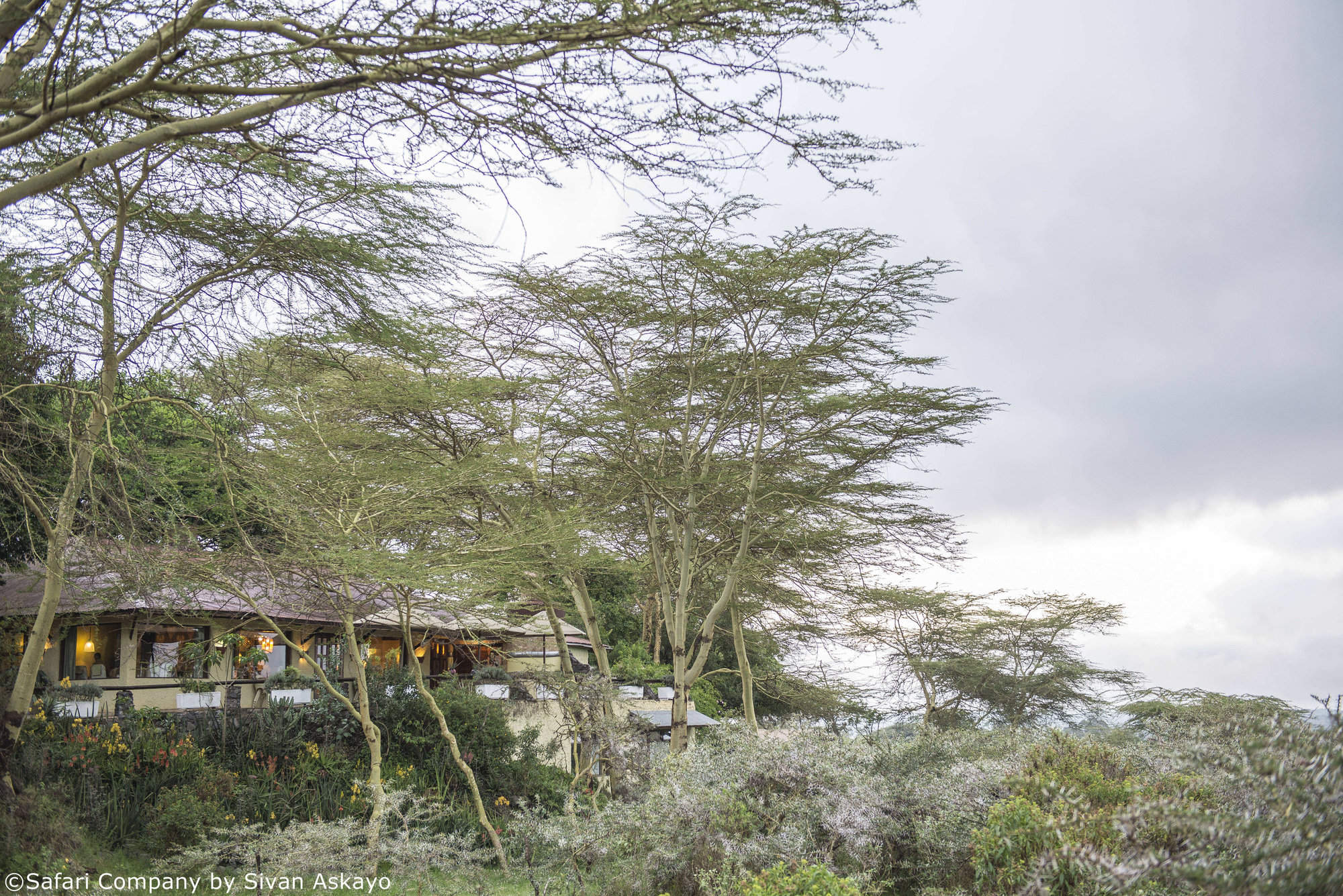
Hatari Lodge
Hatari Lodge is designed around a bright, fun 1960s retro theme and is a relatively high-quality base to explore Arusha National Park.
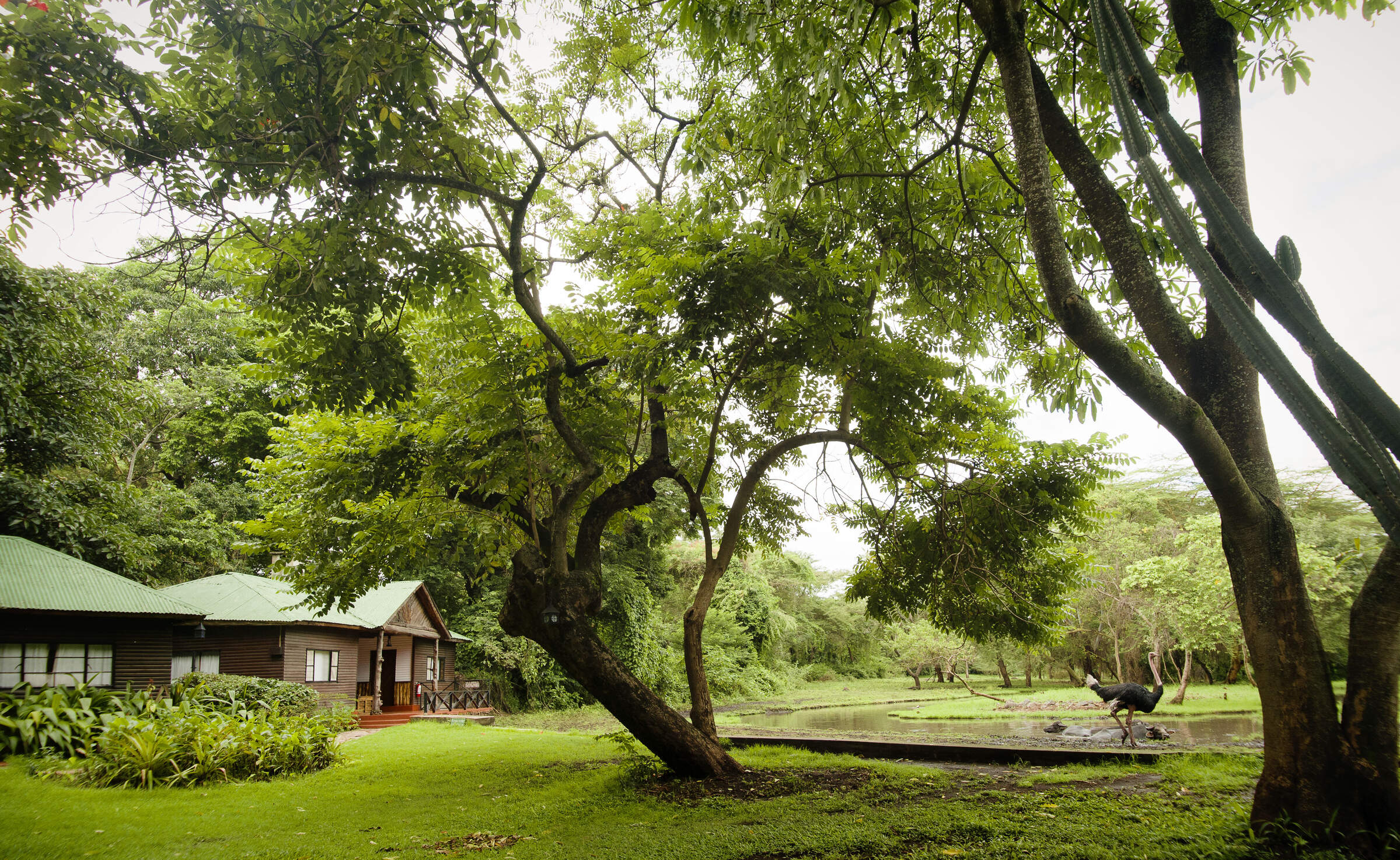
Mount Meru Game Lodge
Mount Meru Game Lodge, near Arusha, is a good spot to stay en route to northern Tanzania's most famous safari areas.
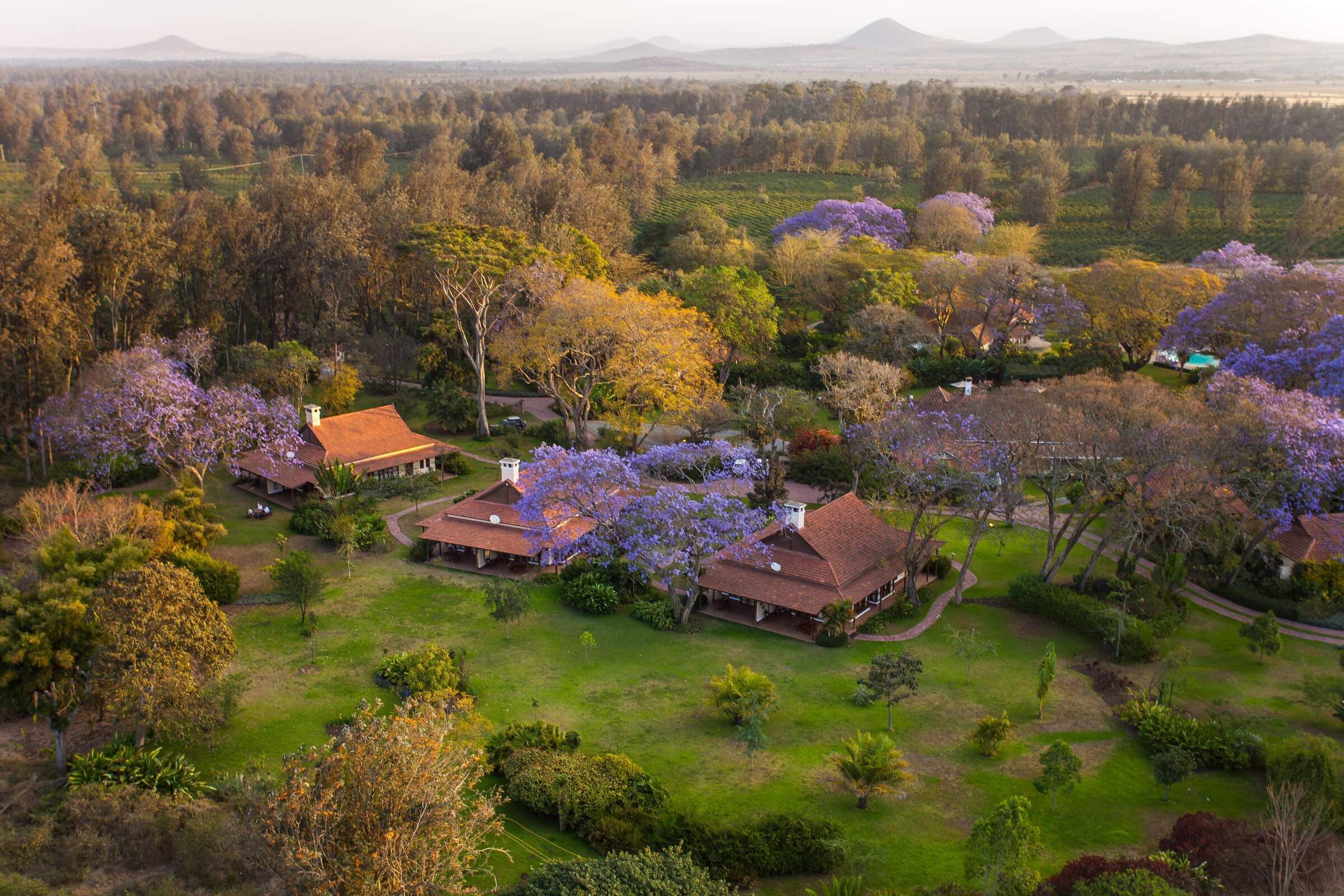
Legendary Lodge
Legendary Lodge is boutique luxury lodge, perfect for an indulgent overnight stay at the start or end of your safari.
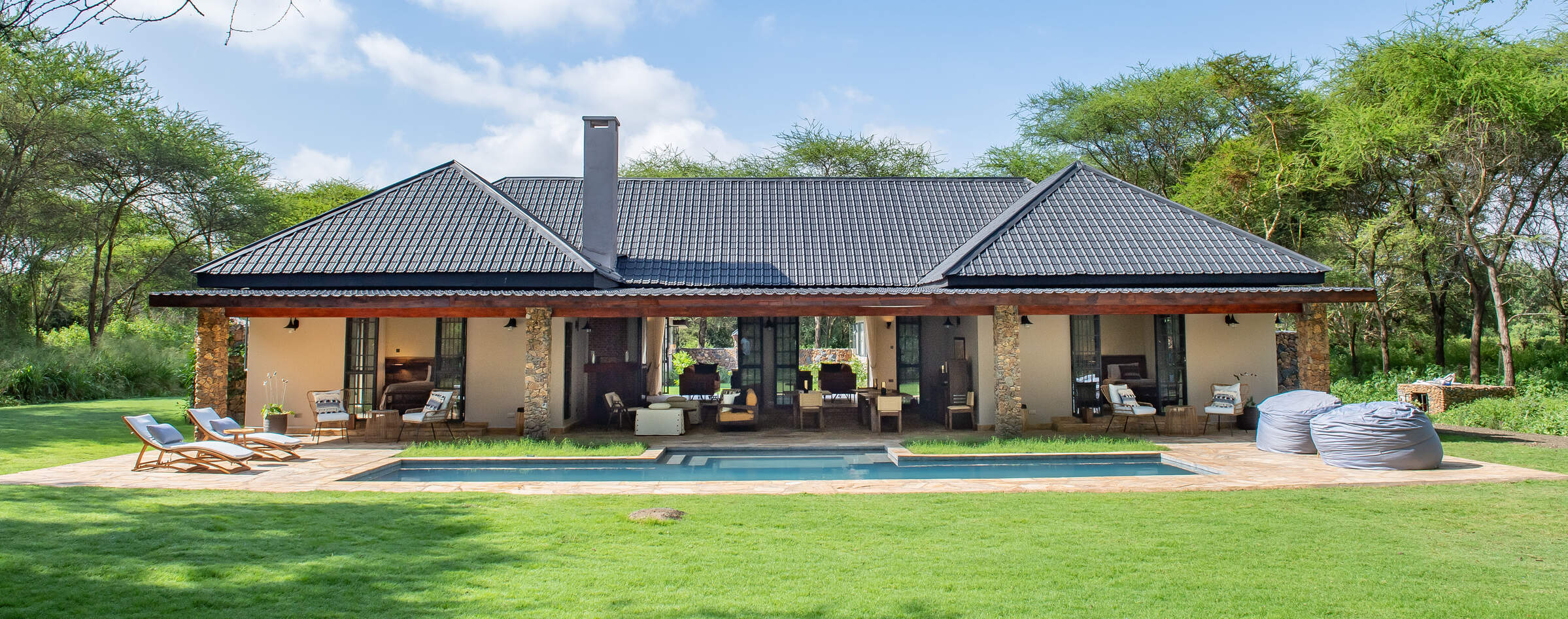
Hamerkop House
Located halfway between Kilimanjaro Airport and Arusha, Hamerkop House is a small, peaceful stop either at the beginning or end of a safari.
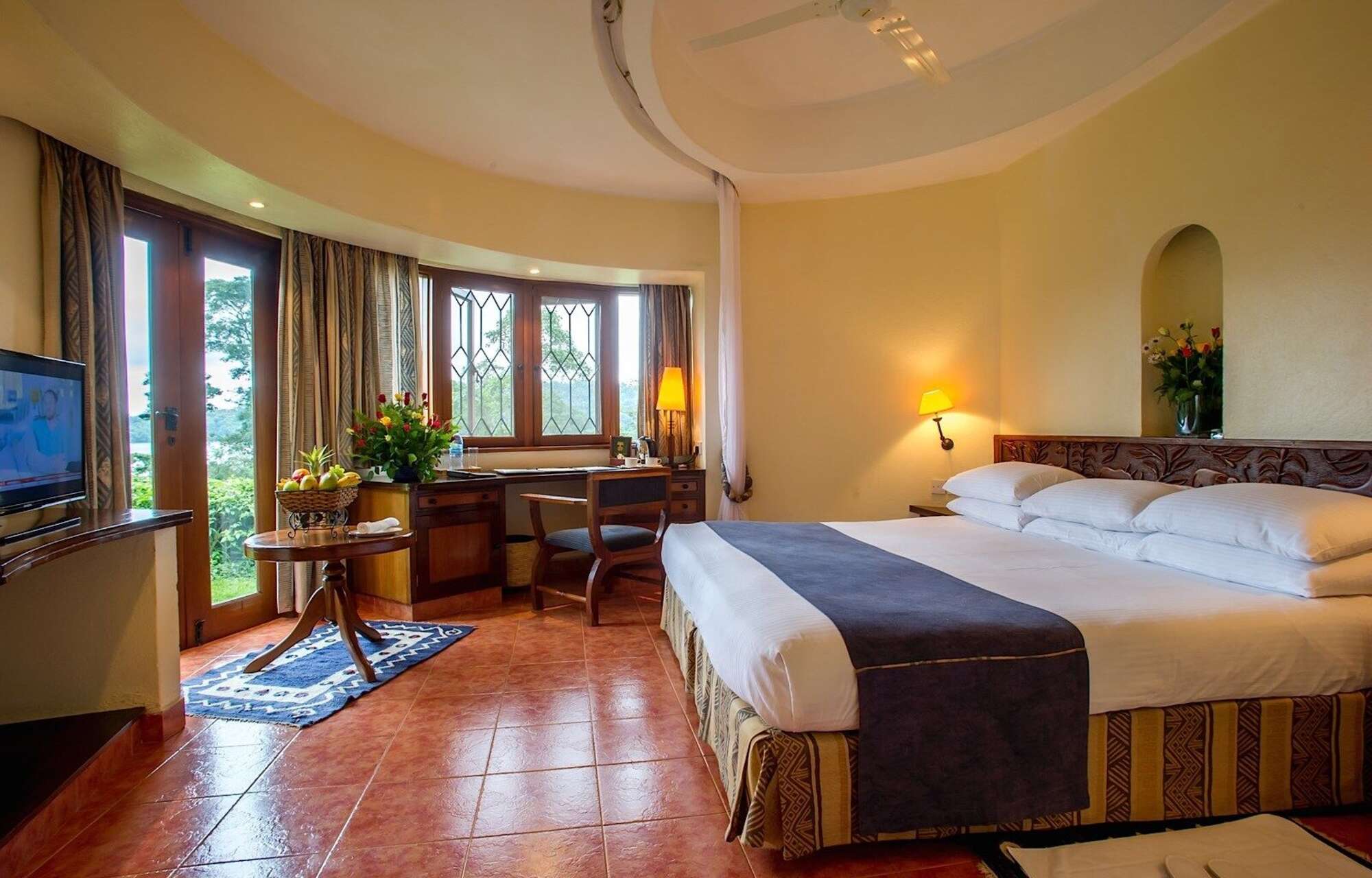
Arusha Serena Hotel
The Serena Arusha Hotel is a comfortable hotel close to Lake Duluti. It makes a good stopover before or after a safari in northern Tanzania.
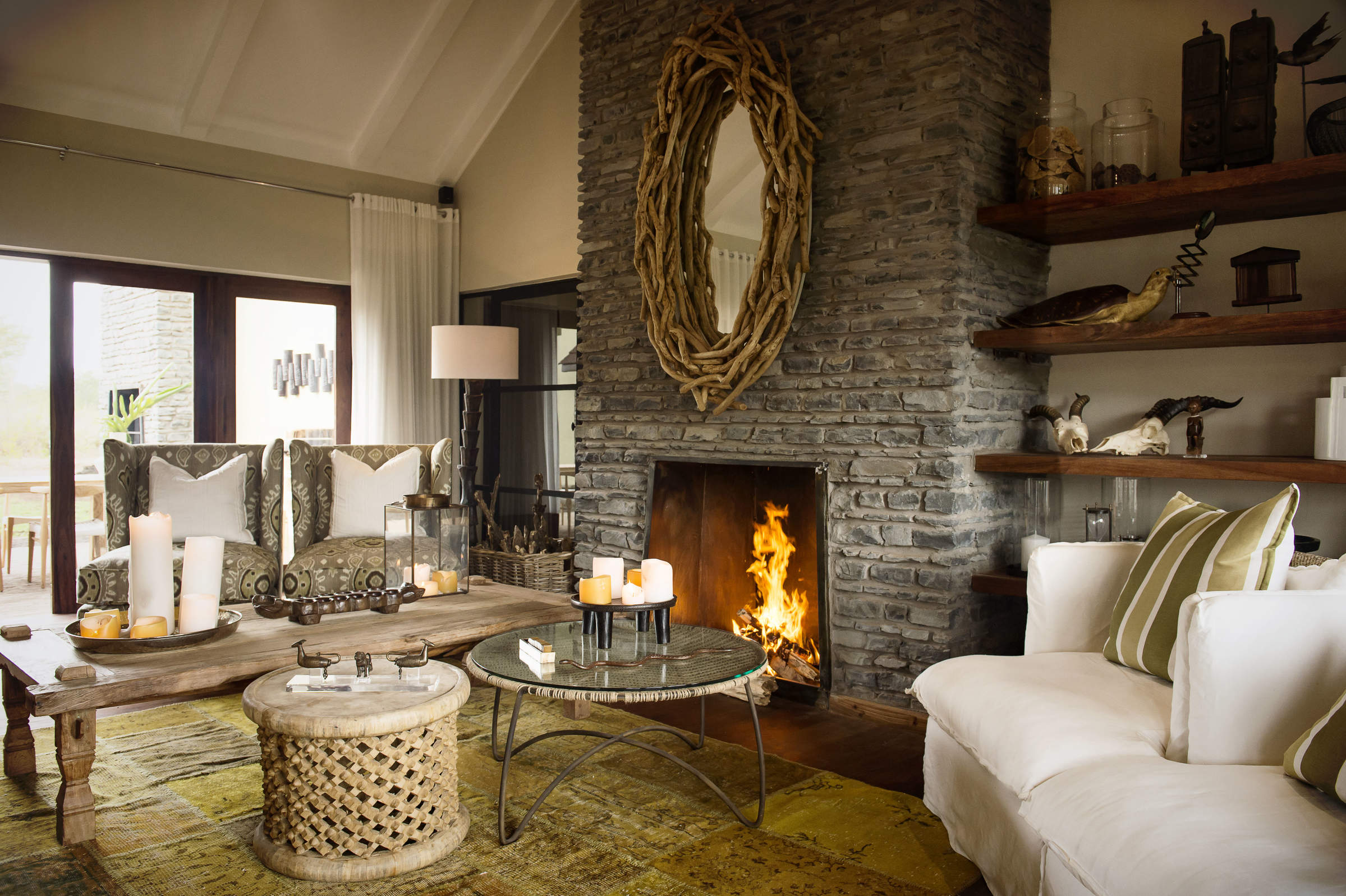
Siringit
Siringit Kilimanjaro Golf Safari Retreat is a six-bedroom villa offering a luxury stay in complete privacy on a championship golf course.
When to go to Arusha
Our month by month guide: What it's like to visit Twiga Lodge in Arusha
Jan
Feb
Mar
Apr
May
Jun
Jul
Aug
Sep
Oct
Nov
Dec
Tanzania in January
January usually marks the start of the short dry season, although the exact timings of this are a little unpredictable. You can expect clear blue skies and sunshine, if the short rains have stopped, and the temperatures will be building. The short dry season is a little less pronounced in Southern Tanzania, and so it can still be wet in these areas. It is an interesting time for avians as resident birds go into breeding plumage and migrant species can be present.
Once the New Year busy period has quietened down, January can offer great value and quieter parks, although the weather can be variable, and in the Selous and Ruaha the wildlife is more dispersed.
- Variable weather: clear & dry or cloudy with some rain.
- Occasional thunderstorms may occur.
- A good time of year for birding as and many migrant species are around
- The wildebeest migration is gathering in the southern Serengeti.
- Busy in early January, quietening down through the month.
Our view
A good time to visit, with pros & cons
Weather in January
Tanzania in February
February is during the short dry season and is one of the hottest months in Tanzania, with temperatures reaching around 33°Celsius. This can be a good time to visit, as some areas of the Northern Circuit are comparatively quieter than during the European summer months, and lodge rates are also a little lower.
The wildebeest will typically be on the southern plains of the Serengeti for their calving season, which tends to occur in a 2-3 week window in early-mid February – although this does vary year on year. This is also a particularly rewarding time for birdlife, as northern hemisphere migrants join the resident species.
- Hot and dry weather.
- Wildebeest migration calving on Serengeti’s southern plains.
- Ngorongoro Crater and southern Serengeti busy for the migration.
- Selous and Ruaha are typically quiet at this time.
- The parks are likely to be lush and green, leading to pretty landscape
Our view
A very good time to visit
Weather in February
Tanzania in March
The heavier ‘long rains’ start in earnest in March although exactly when varies year on year. With no need to stay close to permanent water sources, migratory wildlife disperses, and so game viewing starts to become more challenging. This is most prominently seen in Tarangire National Park. The wildebeest migration may still be calving, or have moved on into the central regions of the Serengeti.
Many of the camps in the southern parks close mid March and mobile tented camps in the Serengeti will wind down towards the end of the month in order to move location or carry out refurbishments, ready for the new tourist season.
- Hot with building humidity, before the rains begin at some point.
- Wildlife viewing is variable depending on the start of the rains.
- Parks are quiet and rates are low.
- Not great for southern or western Tanzania.
- March can be a good time for birding, with many migrant species.
Our view
A good time to visit, with pros & cons
Weather in March
Tanzania in April
April is in the middle of the long rainy season and is the wettest month, with on average 250mm of rain. Temperatures are fairly high and humid in comparison to the rest of the year. Expect the bush to be lush and flowering, and alive with insects, birds and smaller animals. It is however also dense, allowing wildlife to hide, which in turn makes game viewing harder. This is a very quiet time in terms of visitor numbers.
Many of the tented camps are closed in April, however the larger lodges remain open. The rates are significantly cheaper, and so if you are willing to work harder to spot the bigger game, some accommodation bargains can be had.
- Heavy rain expected, with impressive thunderstorms and lightning.
- Many camps closed and roads impassable due to ground conditions.
- Rates are at their lowest all year round, with very few other tourists
- Places that are open are green and vibrant, wildlife more dispersed.
Our view
This is not a great time to visit
Weather in April
Tanzania in May
As Tanzania is close to the equator there is no dramatic difference in climate throughout the year, but temperatures do start to drop a little in May. The rains are likely to still be present, although potentially clearing towards the end of the month. Visitor numbers and lodge rates are still low. The wildebeest migration is making its way through the western regions of the Serengeti, crossing the Grumeti River.
Virtually all camps in southern Tanzania remain closed, and many of the roads and tracks in the Selous become impassable.
- Heavy rains and storms are likely, this can create some dramatic skies
- Blissfully quiet in northern Tanzania, and a good time to avoid crowds
- The parks are likely to look lush and green, with long grass.
- Wildlife is likely to be more dispersed, with fewer sightings.
- The low prices make safaris much more affordable at this time.
Our view
This is not a great time to visit
Weather in May
Tanzania in June
The rains come to an end at some point during the month and migratory wildlife begins to be drawn back to perennial water sources as the land starts to dry up. It’s likely that the parks will still be quite green and the grass high though, so walking and fly-camping may be unlikely. This marks the start of the season with camps reopening, but prices are still more affordable than the subsequent months.
The migration may still be in the Western Corridor, or on the move northwards towards the Mara River. Western Tanzania presents more challenging conditions for chimpanzee trekking in Mahale National Park, as the chimps are higher in the mountains.
- Variable weather: clear & dry or cloudy with some rain.
- A transitory time for the migration – moving from west to north.
- The parks may still be quite green, and grasses high.
- Wildlife may be dispersed still.
- Relatively low visitor numbers and good value, shoulder season prices.
Our view
A good time to visit, with pros & cons
Weather in June
Tanzania in July
July is considered to be the start of the peak season, with no rainfall expected and pleasant daytime temperatures. As the parks dry, the wildlife congregates in fewer areas, grass is eaten and trampled by the migration, and game viewing gets better and better. The wildebeest are typically arriving in the northern Serengeti, ready to begin their period of crossings of the Mara River.
In the Selous and Ruaha wildlife sightings can be fantastic, with animals gathering around the lakes and rivers. Great conditions and school holidays mean the parks are at their busiest, with Ngorongoro and the Serengeti particularly crowded.
- Dry and warm daytimes, chilly and windy in the mornings and evenings.
- Great wildlife viewing, as water sources diminish.
- The most popular time of year with very high visitor numbers.
- Prices are at their highest due to the great conditions on the ground.
- To avoid the crowds consider Tanzania’s southern parks.
Our view
Fantastic: the very best time to visit
Weather in July
Tanzania in August
August is the middle of the long dry season, with clear skies and sunny weather. You can expect some cooler weather at night and first thing in the morning. Remember to pack layered clothing, so you can wrap up warm on your early morning game drives, but remain comfortable as it heats up throughout the day.
August is a very popular time to visit, so accommodation prices are at their highest and advanced booking is necessary. It can get noticeably busier in some of the northern parks – in particular the Ngorongoro Crater and northern Serengeti, as visitors flock to the area in hope of witnessing an exciting migration river crossing.
- Dry and warm daytimes, chilly in the early mornings and evenings.
- General wildlife viewing should be excellent.
- An exciting time of year for the wildebeest migration.
- Certain areas will be very busy and camps fill up fast.
- Great wildlife sightings in the Selous and Ruaha, and fewer people.
Our view
Fantastic: the very best time to visit
Weather in August
Tanzania in September
September can be an excellent time of year to visit Tanzania. As the parks continue to dry up the wildlife becomes increasingly reliant on the remaining water sources, leading to high densities of animals. Whilst early September can be busy, with fewer families traveling at this time the parks typically become quieter as the month goes on.
You are still likely to see the wildebeest migration in the northern Serengeti, with river crossings occurring on a regular basis. Tanzania’s southern parks are also fantastic at this time of year, generally receiving far fewer visitors than the north, and wildlife sightings can be great. Prices remain high and the weather generally remains good.
- Wildlife viewing in September can be fantastic.
- Whilst still fairly busy, often the parks are typically a little quiet
- The parks will start to become very dry, with little new vegetation
- Cooler mornings and evenings, warming up during the day.
- Prices remain high.
Our view
Fantastic: the very best time to visit
Weather in September
Tanzania in October
At the tail end of the dry season, the wildlife should be the easiest to spot, although photographers should be aware that it can be a bit dusty at this time of year, as there has been no rain for several months. Great general wildlife viewing throughout as animals are attracted to remaining sources of water. Elephant numbers are particularly high at this time in Tarangire, and Mahale and Katavi are especially rewarding with frequent wildlife sightings close to camp.
There is a chance of rainfall towards the end of the month, if the short rains commence. While prices remain high, visitors numbers are significantly lower than in July-August.
- Mostly dry and temperatures comfortably warm, with the chance of storm
- Great game viewing although the landscape can be a bit barren.
- Much lower visitor numbers than the earlier months.
Our view
A very good time to visit
Weather in October
Tanzania in November
In November you can expect the start of the short rains, although the start date varies every year. The rains are highly localised, and are much lighter and more unpredictable than the long rains that occur earlier in the year. These should not really interfere with your safari – as the game viewing at this time is still good - but you should pack a waterproof jacket and be prepared for some short rain showers!
The majority of tented camps remain open, but some of the mobile camps in Northern Tanzania will close for the latter half on the month. Given the seasonality, camps are charging shoulder season rates so there are often some bargains to be had. Early November can offer great value for money and the weather conditions are likely to be comparable to late October.
- Variable weather: clear & dry or cloudy with some rain.
- Parks are comparatively quiet and prices at the lower end.
- Some camps will close towards the end of the month for maintenance.
- Good wildlife sightings, but animals will disperse when rain starts
- The wildebeest migration is on the move and the location unpredictable
Our view
A good time to visit, with pros & cons
Weather in November
Tanzania in December
December is also during the short rainy period, but this does not stop Tanzania being a popular destination to spend the festive period. Be aware that many of the lodges book up early, and charge peak rates over this time. Advanced booking is essential over this period, especially if travelling in larger family groups.
Travelling in December outside of the festive period allows travellers to make use of excellent shoulder season rates. Temperatures are pleasant with the averages of 27Celsius, although there is the chance of intermittent thunderstorms.
- Variable weather:clear & dry or cloudy with some rain and thunderstorm
- Good general game viewing in parks with low seasonality - Serengeti.
- Very quiet early in the month, becoming exceptionally busy.
- Prices reflect this – great value rising to the highest they are.
- The wildlife in southern Tanzania is more dispersed.
Our view
A good time to visit, with pros & cons
Weather in December

Looking for inspiration on where to travel next?
Visit our trip chooser to explore your options and find inspiration for your perfect African adventure
Inspire me